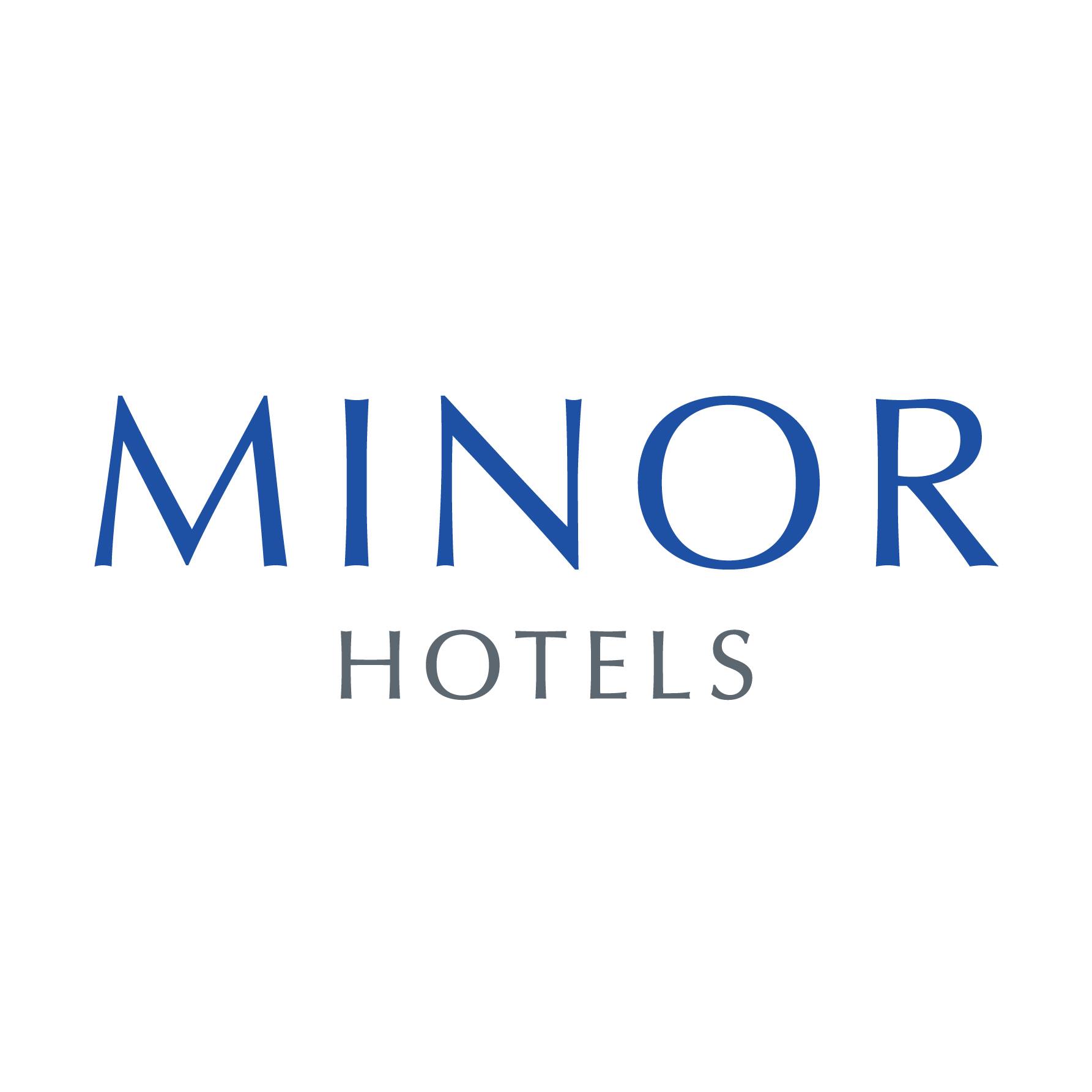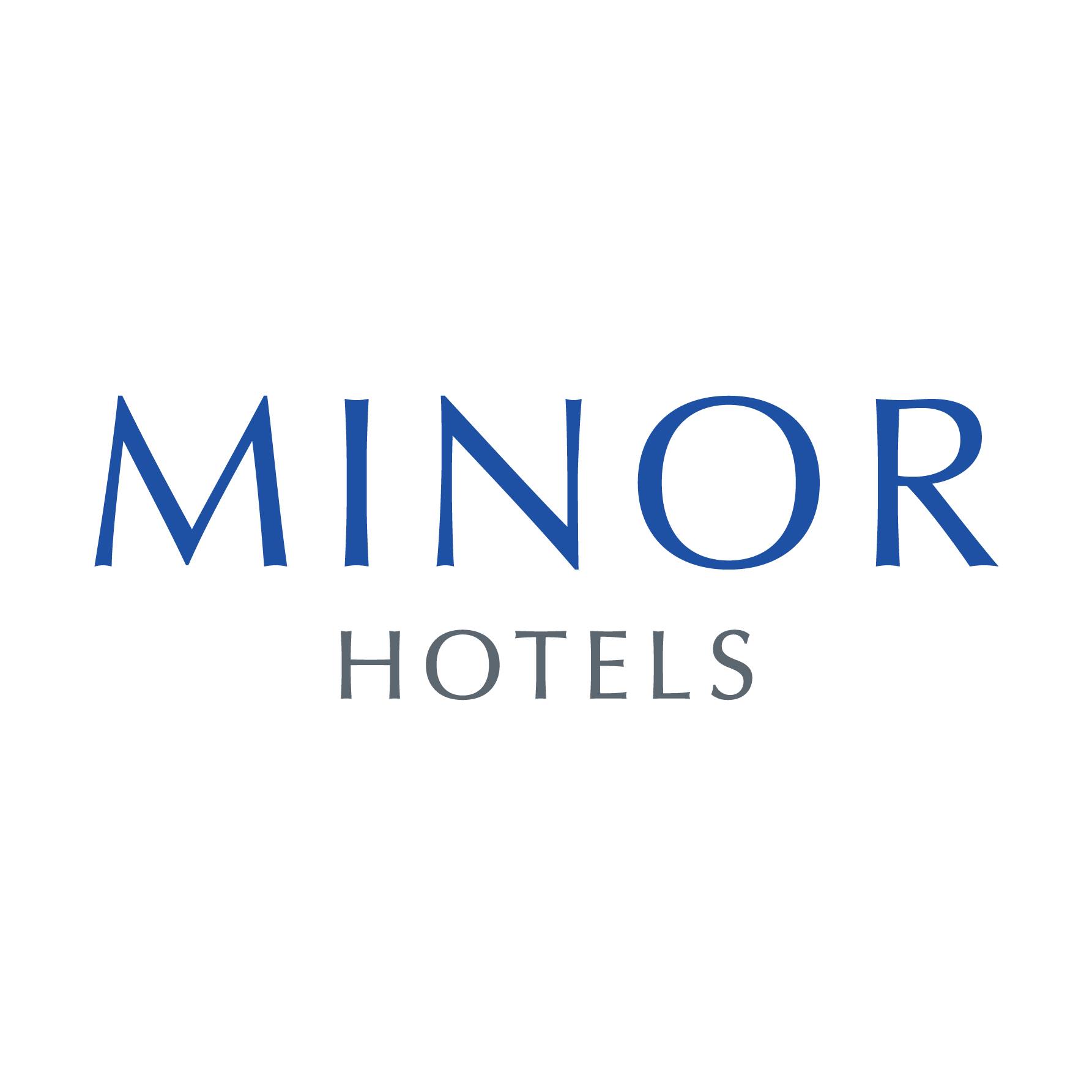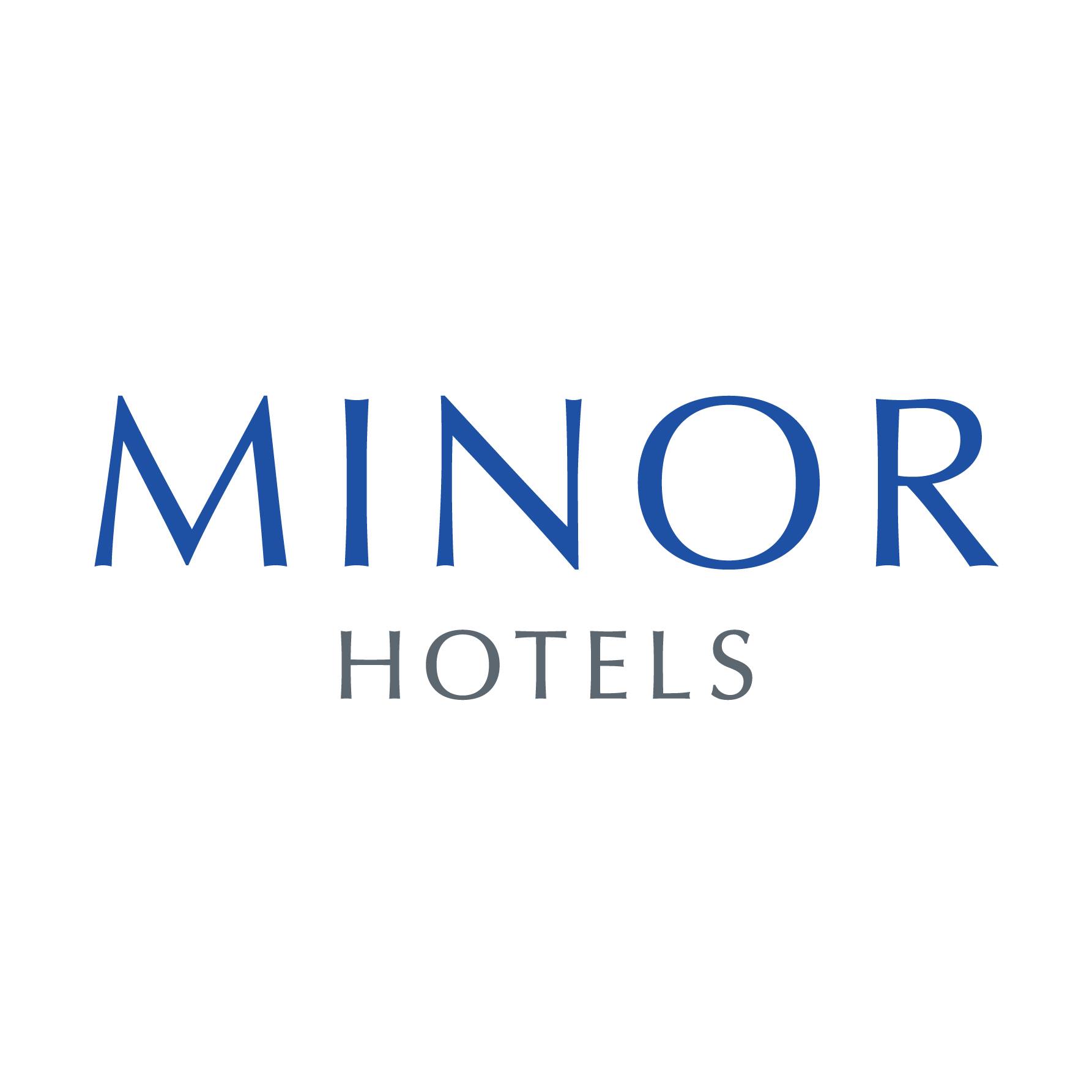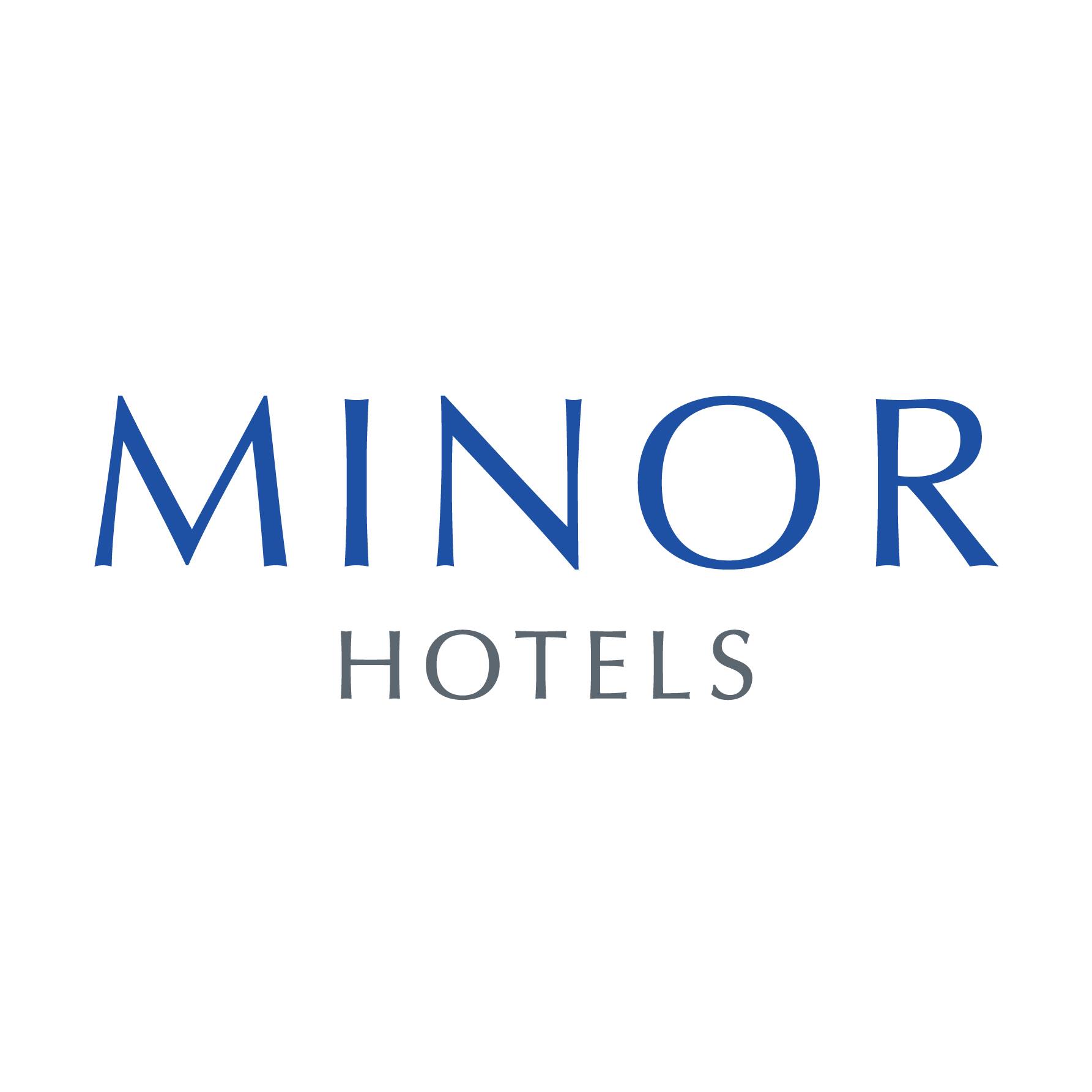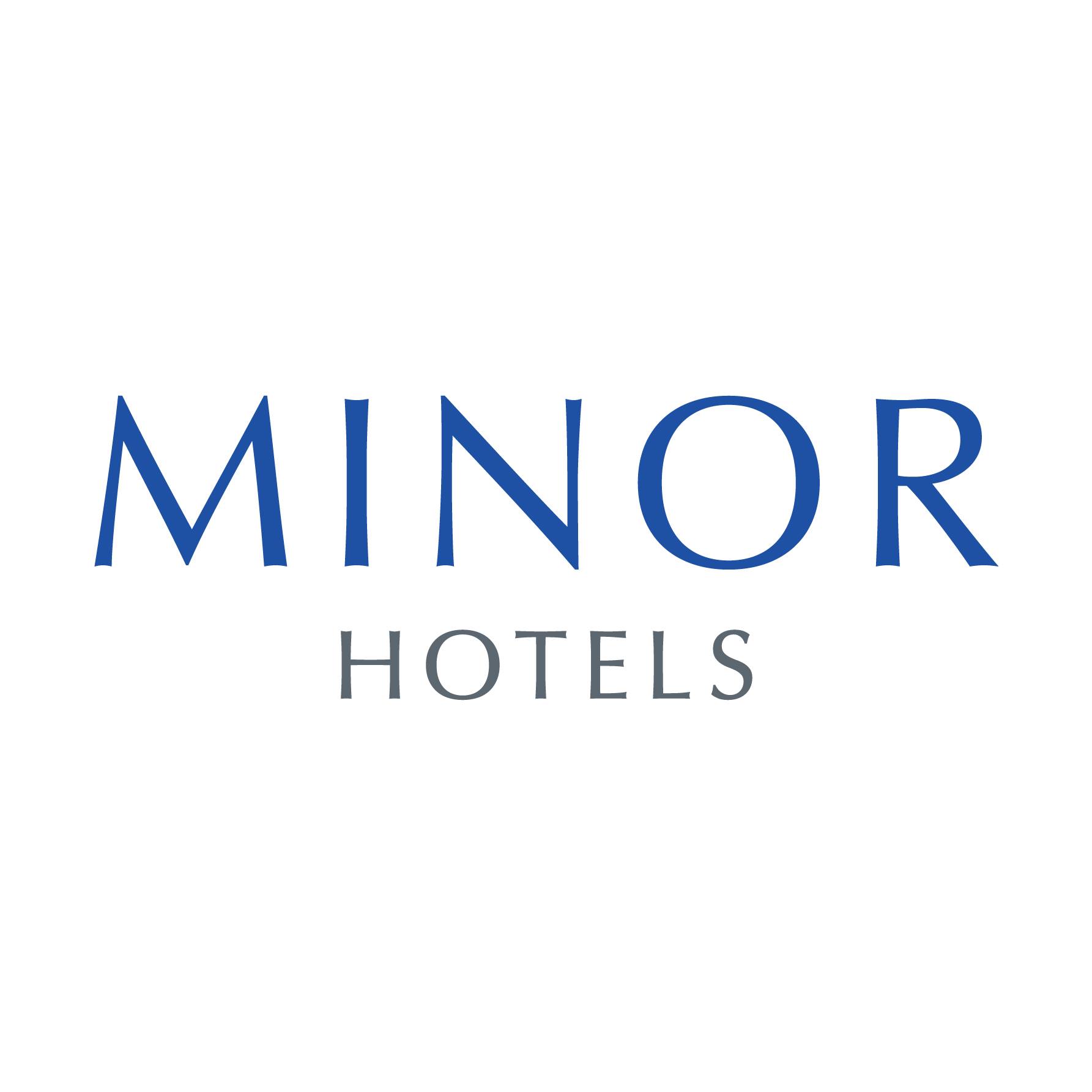Title Page
-
Site
-
Division
-
Auditor
-
HOD Area / In charge Person / Outlet Manager
Section 1 : Knowledge (HK)
-
1.1.1 Managers certified by accredited food safety training program and able to demonstrate sufficient basic food safety knowledge
-
1.1.2 Staff has shown good knowledge of basic food safety and being trained on basic food safety. The refresher course is arranged on yearly basis for those who have already attended the training.
-
1.1.3 The staff who handling chemicals have received appropriate training on chemical handling.
-
1.1.4 The staff has shown good knowledge of chemical handling and be able to use the chemical correctly.
-
1.2.1 Temperature logs are available in realistic range and completed with corrective actions written. Recordsare required to be available for at least 3 months.
-
1.2.2 Record and form are in good documentation control for guidelines & policies. Records are completed, corrected, verified
Section 2 : Employee Health (P.R.S)
-
2.1.1 Food handlers in the hotel are in good health. No employees including managers, exhibit any cold/flu-like infectious disease symptoms.
-
2.1.2 First aid supplies are regularly replenished and checked with the record keeping. Bandages are available for the staff in food and drink preparation area to use.
Section 3 : Personal Hygiene (P.R.S)
-
3.1.1 Employees wear clean, proper uniform and shoes
-
3.1.2 Eating, drinking, chewing gum, smoking, or used of tobacco are allowed only in designated area away from food and beverage preparation, service, storage and ware washing area.
-
3.1.3 Personal belonging and medication are controlled in the food preparation area
-
3.1.7 Gloves are available at facility. Color coded is applied where applicable.
Section 4 : Hands (P.R.S)
-
4.1.1 sufficient facilities hand washing available (sink, soap, towel/hand dryer, sinage, and foot pedal bin) Handwashing sinks are accessible and functional, in sanitary condition and use only for handwashing purpose
-
4.1.2 Temperature of water in the handwash sink is >29°C
-
4.2.1 When gloves are required, food handlers avoid touching ready-to-eat foods with bare hands
-
4.2.2 Gloves are available at facility and kept in an appropriate location.
-
4.2.3 Gloves used and worn properly.
-
4.2.4 Any cuts or wounds are completely covered by a suitable waterproof dressing and gloves are worn overthe waterproof bandage/ dressing.
Section 5 : Source (P.R.S)
-
5.1.1.1.1 Food supplies are from an approved source and approved vendor lists have been documented andkept in the facility
-
5.1.2 Shellstock tags are kept on file at least for 90 days
-
5.1.3 Parasite destruction information available for seafood which will be served raw
-
5.1.4 Supplier audits have been conducted by the FSMS committee members and the audit results aredocumented.
-
5.1.5 Food items stored in the dry store have receiving date labels
-
5.2.5 The conditions and temperature of delivery truck is checked and documented in the record form
-
5.2.6 Food received at proper temperatures
-
5.2.1 Frozen & critical refrigerated food must be transported to storage within 30 minutes after delivery. No foodleft unattended at receiving dock for more than 30 minuites.
-
5.2.4 Keep raw and ready-to-eat foods separate during delivery/receipt/collection and transport to the kitchen/outlet.
Section 6 : Contamination (P.R.S)
-
6.1.1 Proper use of food hierarchy in storage
-
6.1.2 Food and beverages stored in appropriate locations and off the floor at least 6 inches.
-
6.1.3 Food is protected from contaminations during the storage.
-
6.1.4 Food packages and cans in good condition, damaged products are separated with a clear signage.
-
6.1.5 Refrigerator and freezer units are clean and in good repair.
-
6.1.6 All refrigeration seals are clean and in good repair
-
6.1.7 Storage shelves are cleaned and in good condition
-
6.1.8 In food storage/ preparation area, the lights are covered to prevent physical cross-contamination
-
6.1.9 Dry food items stored in clean and organized manner
-
6.1.10 Dry storage room temperature <25°C and Humidity < 60%
-
6.2.3 Ice scoope is stored in the sanitizer solution between the use
Section 7 : Cleaning and Sanitiation (P.R.S)
-
7.1.1 Sanitizer solution used is in the acceptable range at 200-400 ppm.
-
7.1.2 Test kits/sanitizer strips available and not expired
-
7.1.7 Steel wool/ wire brushes eliminated within the preparation area
-
7.1.3 Utensils/equipment/contact surfaces are properly cleaned and in good condition
-
7.1.4 Inside the ice machine is cleaned and the regular cleaning schedule has been carried out with the recordkept.
-
7.1.5 Fruits and vegetables are cleaned and sanitized before entering the kitchen
-
7.1.6 Eggs are cleaned and sanitized before entering the kitchen
-
7.1.6 Cleaning and sanitation program is in place for food equipment and facility including compact machines.No sign of contaminations.
-
7.2.1 Wiping cloths used/stored properly/correct concentration
-
7.2.2 codded for wiping cloth is applied where applicabl
-
7.2.3 Wipping cloths used are free from frayed/ loose threads.
-
7.3.7 All other non-food contact surfaces and equipment such as interior drawers, shelves-furniture, counterunits, cabinets & closets etc. are clean and in good repair
-
7.3.9 Drain, channel, floor grates, strain baskets and floor are in sanitary condition and in good repair
-
7.3.8 Floor, walls, ceiling are clean and in good condition
-
7.3.10 Vents, fan guards and exhaust hoods are clean and in good repair
-
7.3.5 Cleaning equipment is properly stored in a designated area.
-
7.3.6 Grass broom is not used in food and drink preparation area
-
7.3.11 Preventive Maintenance plans are in place for equipment and facility provided in the area (For example Air-con, refridgeration units, ice machine, water filter etc.)
Section 8 : Waste Management (P.R.S)
-
8.1.2 Indoor garbage containers are foot operated, closed. Indoor garbage are cleaned, emptied regular and ingood condition.
-
8.1.1 Trash is sufficient availability/capacity.
Section 9 : Time and Temperature Control for Safety (TCS) (P.R.S)
-
9.1.1 Accurate and calibrated thermometer available and functioning properly
-
9.1.2 Thermometer calibration is implemented and the record is documented.
-
9.1.3 All coolers have functioning thermometers within reasonable range
-
9.2.5.1 TCS foods such as raw meats, seafood, raw poultry, juice, milk and cream held/ stored in cold holding ≤5°C.
-
9.3.2 FIFO method of inventory management is used. Food products are used before expiry date/ use by date
-
9.5.2 Frozen foods held solidly frozen
Section 10 : Chemical (P.R.S)
-
10.1.1 Only institutional/food-grade/company approved chemicals used
-
10.1.2 Material Safety Data Sheets (MSDS) available for all chemicals
-
10.2.1 Chemicals properly used and stored according to their intended use, stored, and labeled
-
10.2.3 Pesticides applied by qualified personnel only
-
10.2.4 Containers previously used for chemicals is only used for contain chemical
-
10.2.5 Rodent bait is contained in a cover, tamper-resistant bait station. Pest station mapping is available andupdated.
-
10.2.6 Personal Protective Equipment (PPEs) is provided in the chemical store room. Biohazard or spill kit is available.
Section 11 : Pest (P.R.S)
-
11.1.1 Type and locations of pest treatment used in the hotel are depicted/ mapped out
-
11.1.1 The areas are no sign of critical pest activity
-
11.1.2 The areas are no sign of minor pest activity
-
11.1.3 Pest activity is prevented through proper sealing of outer openings and the elimination of harborageconditions
-
11.1.4 Electronic fly control units are used inside food preparation/ operation area and installed in a manner thatcan prevent contamination
Section 12 : Sewage & Plumbing (P.R.S)
-
12.1.1 Sewage backed-up is prevented from going into the facility
-
12.2.1 Hot and cold water are available at facility
-
12.2.2 Back flow prevention present at all sinks
-
12.2.3 Air gaps are prevented at all sinks/beverage dispensers
-
12.2.4 All plumbing in good repair
